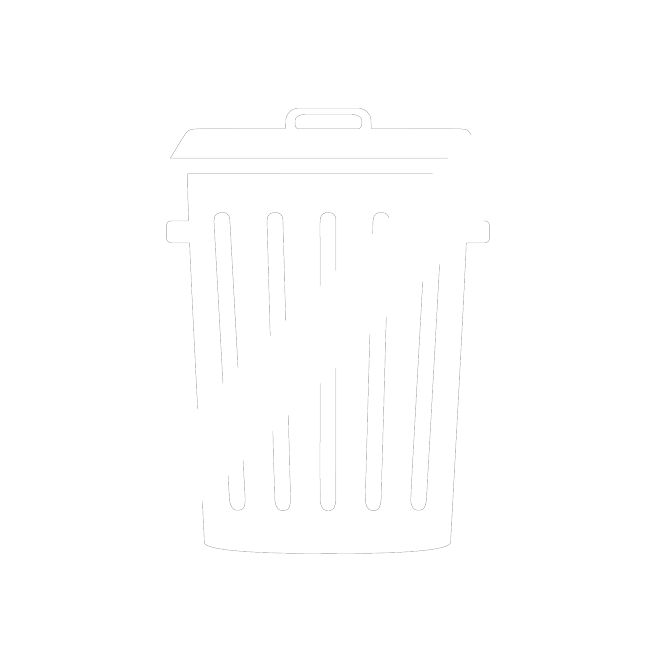Battery Disposal - Safety
Battery Disposal
NOTE - All of the information on this page is for the disposal of US Government Owned Batteries at the Naval Postgraduate School ONLY. Contractor and Personally owned batteries are NOT allowed to be accumulated or disposed of on campus.
Did You Know...
It is illegal to throw away common batteries in California. Under the California Universal Waste Rule, batteries can no longer be disposed of in the trash because they contain toxic metals such as mercury, lead, cadmium, and nickel. Batteries that end up in landfills may have a negative effect on our environment and food chain, potentially causing serious health risks to humans and animals.
Disposal Procedures for Office Batteries:
Plastic Battery Accumulation Buckets have been provided by the installation Hazardous Waste Program Manager through out campus. All Office Batteries (AAA, AA, C, D, Button Cell, 9-Volt, etc.) need to be disposed of in these buckets.
All battery buckets need to remain secured with the lid except when batteries are being added.
Battery Bucket Locations
(NPS Log in Required to View)
Disposal Procedures for all Other Battery Types:
Contact your Department's Hazardous Material (HAZMAT) Representative for proper procedures for turning in used batteries. If NPS OSHE/Safety Office-approved manufacturer core return programs are available, this purchase pathway can be considered as the first option.
If you do not know who your Departmental HAZMAT Representative is, then contact the NPS Safety Office by email at safety@nps.edu .
Additional Note Regarding Lithium Batteries:
Many Lithium Battery manufacturers recommend disposal of the packs by draining them to the lowest possible voltage you can get at a discharge rate of C/10 or less, then puncturing the cells and dropping them into a saltwater mix in a non-metallic container. However, if the cells are not sufficiently drained, the act of puncturing the cells can cause ignition. Because of this, most manufacturers no longer recommend this disposal technique, and it is not authorized for NPS users.
 |
Batteries can NEVER be thrown away in the Trash Bins at NPS!! |
Resources:
California Regulations:
DoD Instructions and Manuals:
- DoD 4140.27-M, Shelf Life Management
- DoD 4160.21-M Chapter 10, Environmentally Regulated and Hazardous Property
- DoD 4715.6-I, Environmental Compliance
- DoD 6050.05-I, Hazardous Communication (HAZCOM) Program
- SECNAVINST 5090.8A, Policy for Environmental Protection, Natural Resources, and Cultural Resources Programs
- SECNAVINST 5090.6A, Environmental Planning for Department of the Navy Actions
Navy Instructions:
- OPNAVINST 5100.23G Chapter 7, HMC&M
- OPNAVINST 5090.1D, Environmental Readiness Program
- NAVSUP PUB 573, Storage and Handling of Hazardous Materials
Local Instructions:
Standard Operating Procedures (SOPs):
- NPS- LiPo Battery SOP
- NSAM- Accumulation and Disposal of Used Batteries at Naval Support Activity (NSA) Monterey
MISC.

